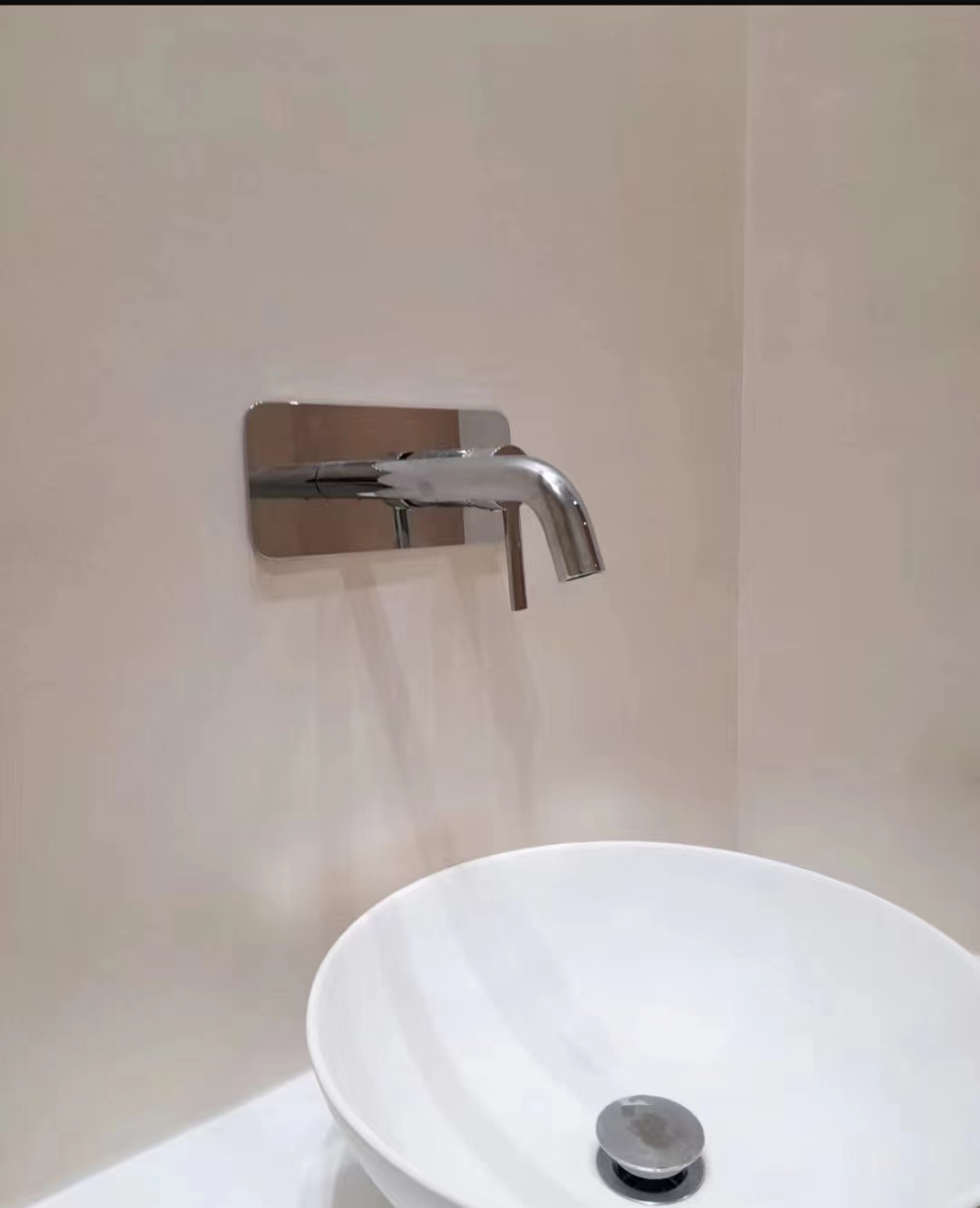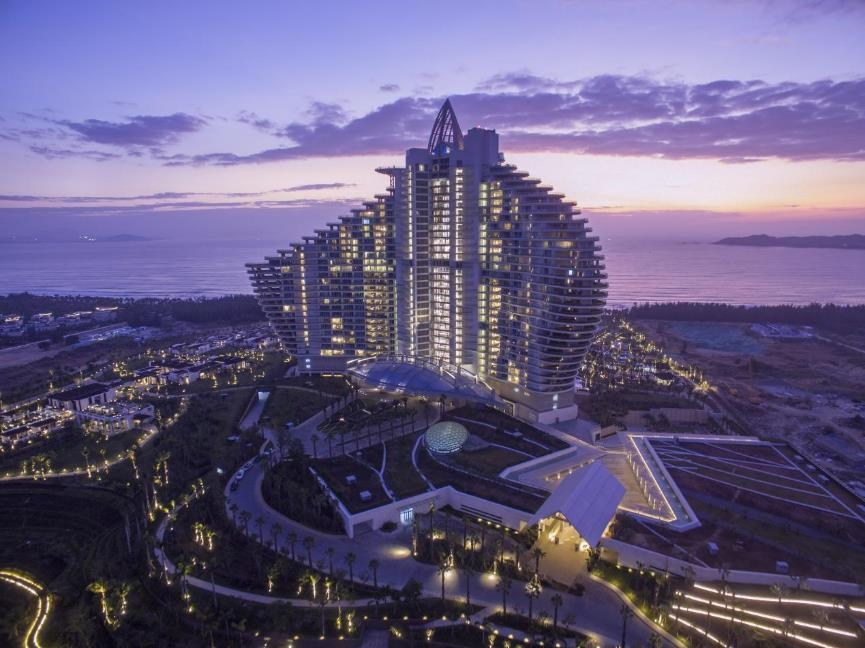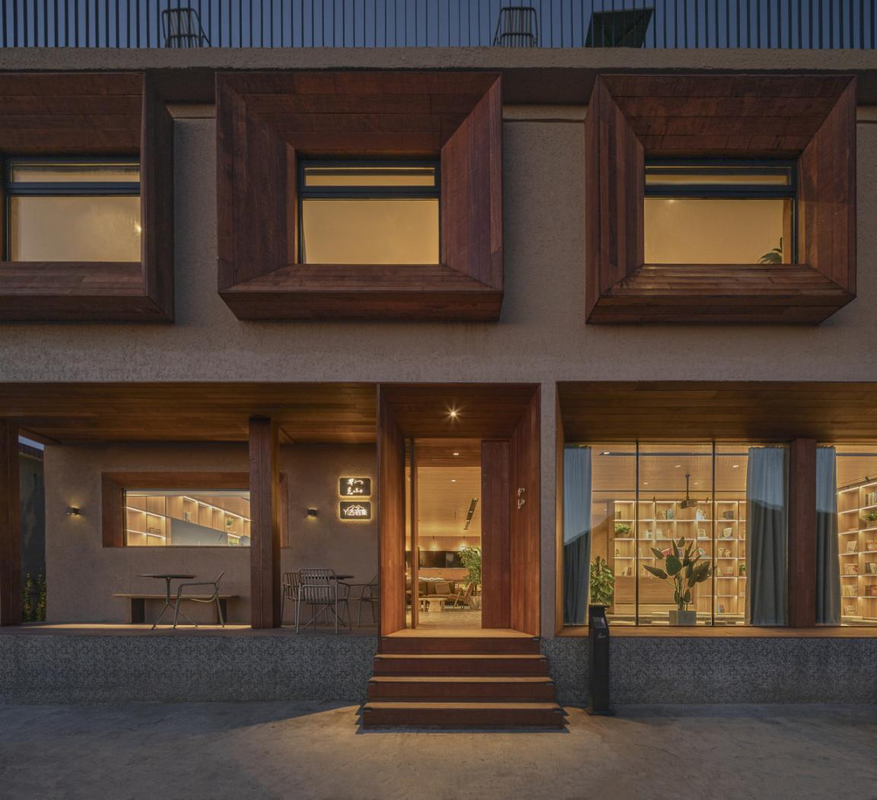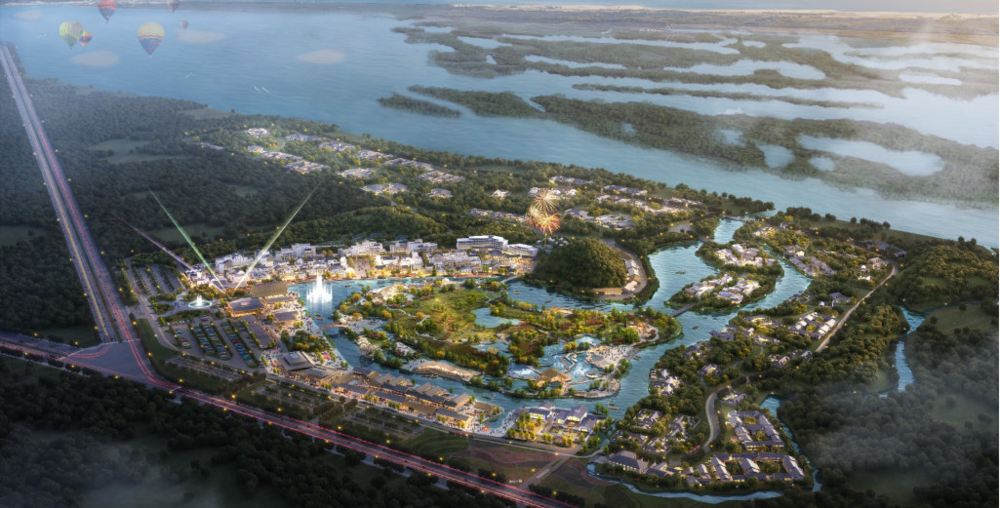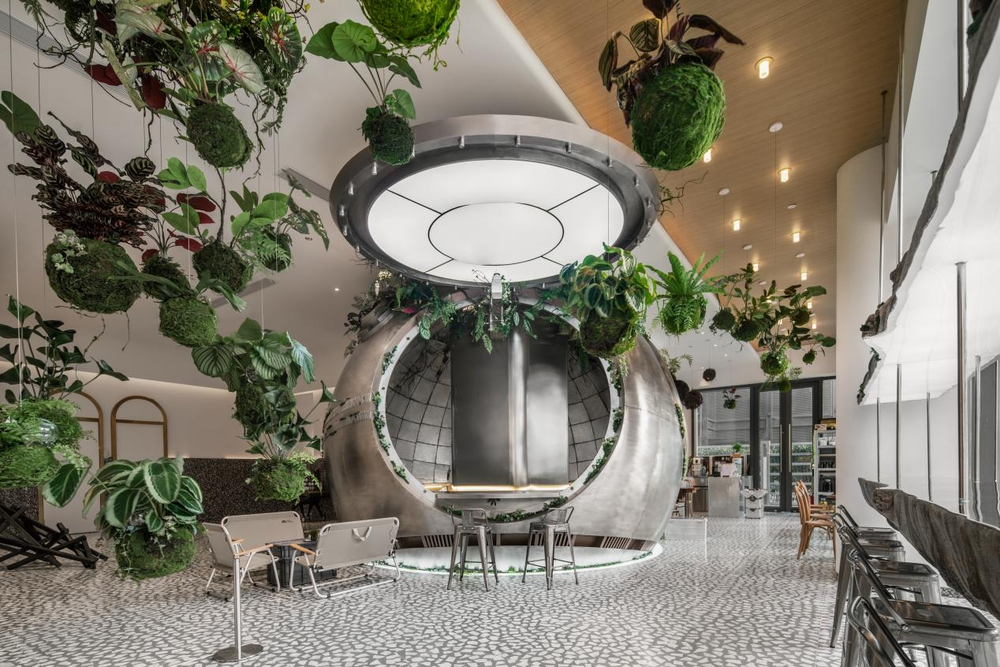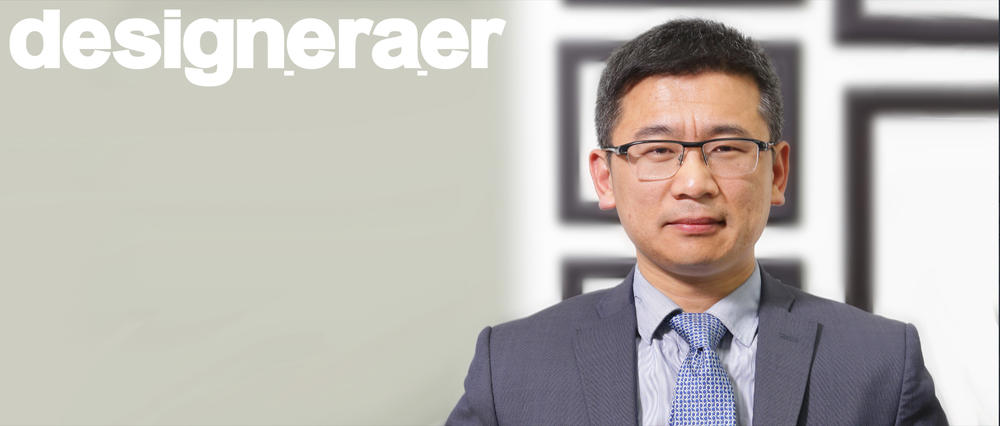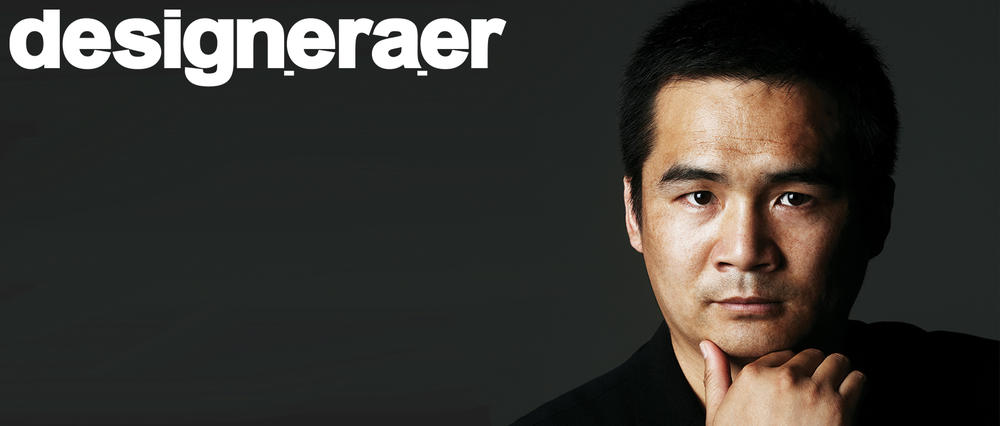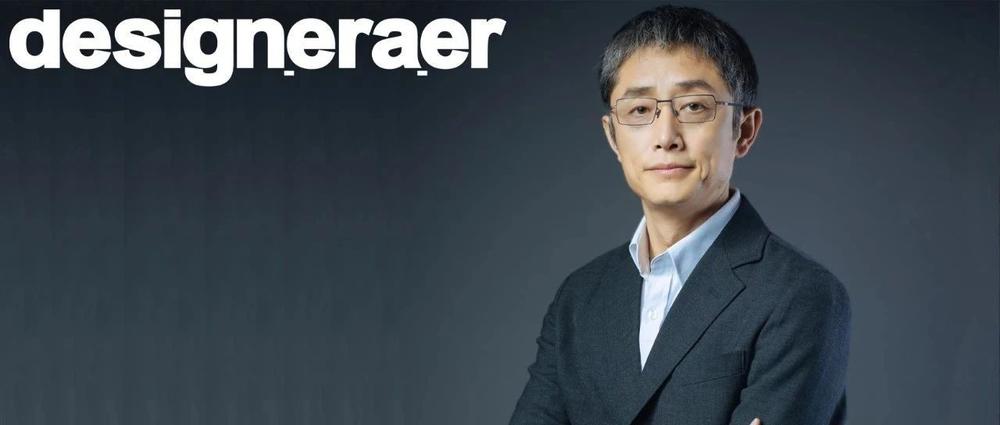Introduction
Seventy-five percent of New York City’s high-rise office buildings are more than a half a century old. Most will still be standing in 2030, a milestone year on the city’s roadmap to carbon neutrality. Since buildings alone account for more than 80 percent of the city’s carbon footprint, equipping as many as possible with energy-efficient features is essential to reducing carbon emissions.
Among the most energy inefficient of this aging office stock are 1960s-era buildings enclosed with single-glazed curtain wall systems. These buildings are characterized by large glazed areas that create high energy demands for both heating and cooling, making them heavy contributors to the city’s carbon footprint. Owners needing to replace aging curtain wall systems in accordance with the city’s new decades-long plan toward lowering carbon emissions must find viable solutions.
The 2020 Design Challenge invites architects and engineers to submit their vision for transforming the facade of one of Manhattan’s 60-year-old buildings to reduce carbon emissions and address the city’s Green New Deal.
Design Brief
The Metals in Construction magazine 2020 Design Challenge is an ideas competition to upgrade an aging, energy-inefficient high-rise office building in order to comply with NYC’s Green New Deal goals and render it more desirable space for companies competing for highly skilled employees in today’s labor market.
The site chosen for this ideas competition is 63 Madison Avenue, a 15-story New York City office high-rise constructed in 1962. Its age makes it typical of the office buildings that populate Manhattan’s NoMad district, many of which are mandated to reduce carbon emissions by 2030 to comply with the city’s new building emissions standards, known as the Climate Mobilization Act (CMA). The CMA’s emissions targets are stringent: to comply, 63 Madison must cut its emissions in half by 2030.[1]
The Challenge assumes that competition for tech company tenants—a significant and growing component of New York City’s leasing marketplace—is foremost on owners’ minds as they strategize to recover the costs of these energy improvements.
Competing means providing the amenities high-growth companies seek in an office environment. Two features in particular, light penetration into interiors and visual access to outdoor space, are beneficial to employee health and well-being. These benefits, in turn, are linked to increased worker productivity and retention. Savings in this area can be very persuasive when weighing the value of adding these amenities.
It is for this reason that the publishers of Metals in Construction magazine selected this type of building as the subject of this year’s challenge.*
Your challenge: Submit your vision for transforming 63 Madison Avenue’s facade to increase penetration of sunlight into the interior and enclose the building using a curtain wall system that balances transparency, views, and energy performance. Your design must be innovative and demonstrate a sophisticated understanding of current technological advances in curtain wall enclosure and glazing. A panel of distinguished architects and engineers will award a $15,000 grand prize to the design judged best at achieving the stated goals of increasing light into the interior and affording tenants greater visual access to the outdoors while significantly reducing carbon emissions in accordance with New York City’s Green New Deal targets.
About the site: 63 Madison is located between 27th and 28th streets in Manhattan’s NoMad neighborhood.
*Note: 63 Madison Avenue, the building chosen for this exercise has a planned upgrade program under its current owners and the competition is in no way meant to reflect on the viability of that plan. This is an ideas competition only, intended to promote ideas of sustainability and technological advancement in the area of facade design.
[1] Data on energy use of individual buildings can be found here: https://energy.cusp.nyu.edu and here: https://metered.urbangreencouncil.org
Submission Requirements
The submission process is composed of three parts:
Entrant Information – Contact information of the individual or team submitting. This will not be shared with judges and is only for contact purposes. Enter additional team names in the “Notes” section of the Project Description Prompts.
Project Description Prompts – A series of descriptive points related to the design and process of the submission.
Performance Analysis – Quantitative analysis demonstrating how the proposed design improves thermal performance in both heating and cooling conditions.
Proposal Visualization – Up to 10 pages may be submitted to represent the proposal. This attachment should be one (1) multi-page PDF file (max. 10 pages) formatted at 11”x17” (ledger) and can include supporting backup data, calculations, and commentary to supplement the images. Do not link or embed objects. Links to any video or animated components may be pasted into Project Description Prompts. Maximum file size is 20MB.
All materials are due by Monday, February 17, 2020, 11:59 p.m. Once you register via this site, you or your teammates may log in and edit your competition entry as many times as you like until the deadline.
See Competition Rules and the FAQ page for more information.
Prizes
One grand prize of $15,000 will be awarded at a half-day conference at the state-of-the art TimesCenter in New York City on Friday, March 6, 2020. Along with the winner(s), the jury will select up to 5 honorable mentions for presentation and discussion at the conference. The winner and the top five finalists will also be published in Metals in Construction magazine and its digital platforms.
介绍
纽约市75%的高层办公建筑已有半个多世纪的历史。大多数人仍将站在2030年,这是该市实现碳中和路线图上具有里程碑意义的一年。由于仅建筑物就占了城市碳足迹的80%以上,因此尽可能多地配备节能功能对于减少碳排放至关重要。
在这种老化的办公场所中,能源效率最高的是1960年代的单层玻璃幕墙系统。这些建筑的特点是大玻璃区域,这些区域对供暖和制冷都产生了很高的能源需求,使其成为城市碳足迹的重要贡献者。业主需要根据城市数十年来减少碳排放的新计划更换老化的幕墙系统,必须找到可行的解决方案。
2020年设计挑战赛邀请建筑师和工程师提出他们的愿景,即改造曼哈顿已有60年历史的建筑物之一的外墙,以减少碳排放并解决城市的绿色新政。
设计简介
《 金属建筑 》杂志2020年设计挑战赛是一场创意竞赛,旨在升级老化,低能耗的高层办公建筑,以符合纽约市的“绿色新政”目标,并为当今竞争高技能员工的公司提供更理想的空间劳动力市场。
此次创意大赛的选址地点是麦迪逊大道63号,这是 一栋15层的纽约办公室高层建筑,建于1962年。它的年代使其成为曼哈顿NoMad地区的典型办公大楼,其中许多办公大楼被要求减少碳排放。到2030年,其排放量将符合该市新的建筑排放标准,即《 气候动员法案》 (CMA)。CMA的排放目标非常严格:要实现这一目标,63麦迪逊必须在2030年前将排放量减少一半。[1]
该挑战假设,在纽约市租赁市场中一个重要且不断增长的组成部分-技术公司租户的竞争-在业主制定战略以收回这些能源改善成本的策略时,他们首先想到的是竞争。
竞争意味着提供高增长公司在办公环境中寻求的便利设施。尤其是两个功能,即光线可以穿透内部空间和视觉上通向室外空间的通道,有利于员工的健康和福祉。这些好处又与提高工人的生产率和保留率有关。在权衡添加这些便利设施的价值时,在该领域的节省可能非常有说服力。
因此,《建筑金属 》杂志的出版商 选择了这种建筑作为今年挑战的主题。*
您的挑战:提出 您的愿景,以改造Madison Avenue 63的外墙,以增加阳光对室内的穿透力,并使用平衡透明性,视野和能源性能的幕墙系统将建筑物围起来。您的设计必须是创新的,并且必须对幕墙围墙和玻璃的最新技术发展有深刻的理解。杰出的建筑师和工程师组成的小组将向该设计奖授予15,000美元的大奖,该设计将被授予最佳成就,以达到既定的目标,即增加室内的光线并为住户提供更大的视觉进入室外的通道,同时根据纽约市的《绿色环保》标准,显着减少碳排放量新政目标。
关于该地点: 63麦迪逊位于曼哈顿NoMad街区的第27至28街之间。
*注:麦迪逊大街63号是为此活动选择的建筑物,在其现有所有者的指导下有计划的升级计划,而竞争绝不是要反思该计划的可行性。这仅是一场创意竞赛,旨在推广立面设计领域的可持续性和技术进步的理念。
[1] 有关各个建筑物的能源使用数据,请参见:https://energy.cusp.nyu.edu和此处:https://metered.urbangreencouncil.org
提交要求
提交过程包括三个部分:
参赛者信息–提交个人或团队的联系信息。这不会与法官分享,仅用于联系目的。在项目描述提示的“注释”部分中输入其他团队名称。
项目描述提示–与提交的设计和过程相关的一系列描述性要点。
性能分析–定量分析,表明拟议的设计如何改善加热和冷却条件下的热性能。
提案可视化–最多可以提交10页来表示提案。该附件应为一(1)张多页PDF文件(最多10页),格式为11” x17”(分类帐),并且可以包括支持的备份数据,计算和注释以补充图像。不要链接或嵌入对象。指向任何视频或动画组件的链接都可以粘贴到“项目描述提示”中。档案大小上限为20MB。
所有材料都应在2020年2月17日星期一,晚上11:59之前提交。 一旦您通过此网站进行注册,您或您的队友就可以登录并编辑您的比赛条目,直到截止日期为止。
有关 更多信息,请参见 竞赛规则 和“ 常见问题”页面。
奖品
2020年3月6日,星期五,在纽约市最先进的时代中心举行的为期半天的会议上,将颁发15,000美元 的大奖。陪审团将与获奖者一起,最多选择5名获奖者。在会议上进行演讲和讨论的荣誉奖。优胜者和前五名入围者还将发表在《 金属 》杂志的《建筑》杂志及其数字平台上。
